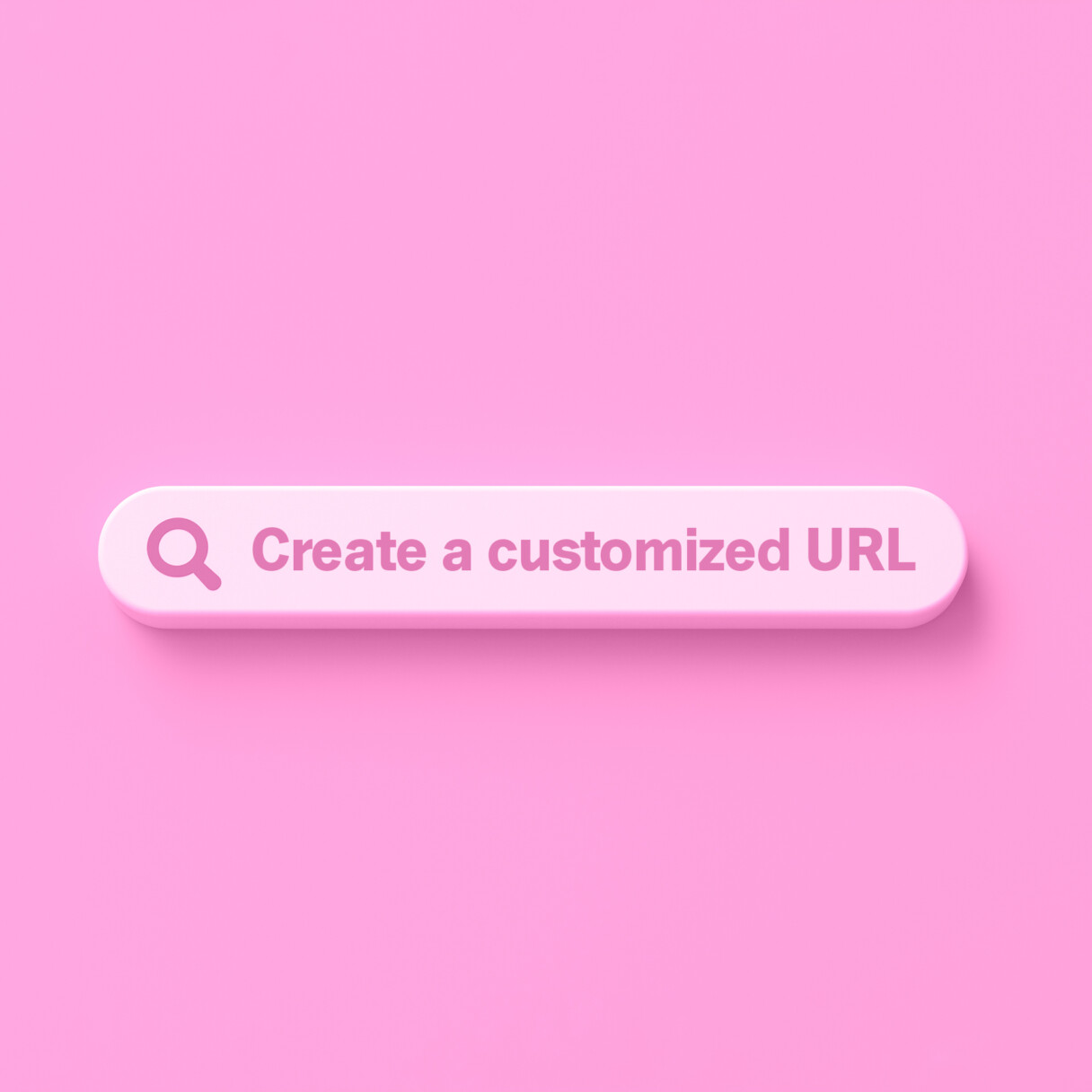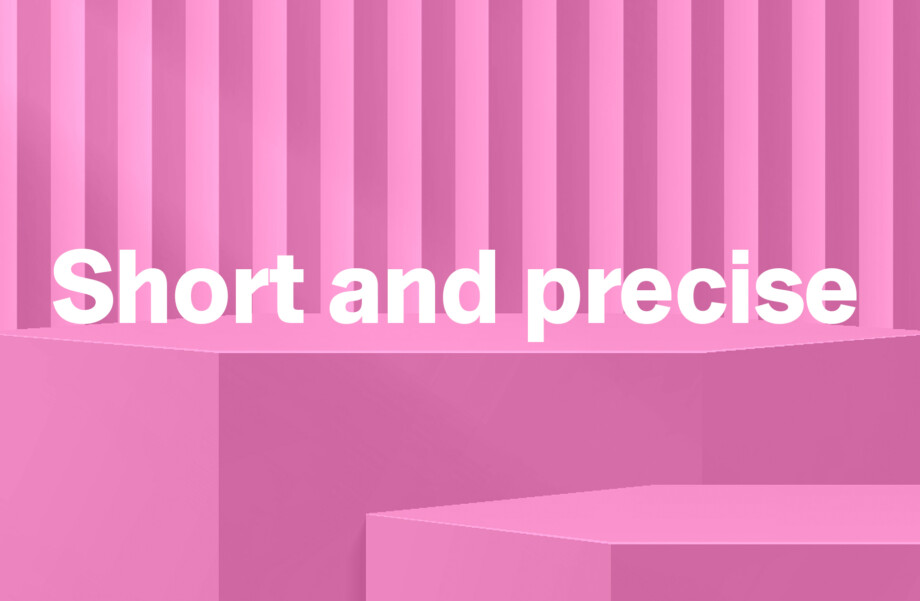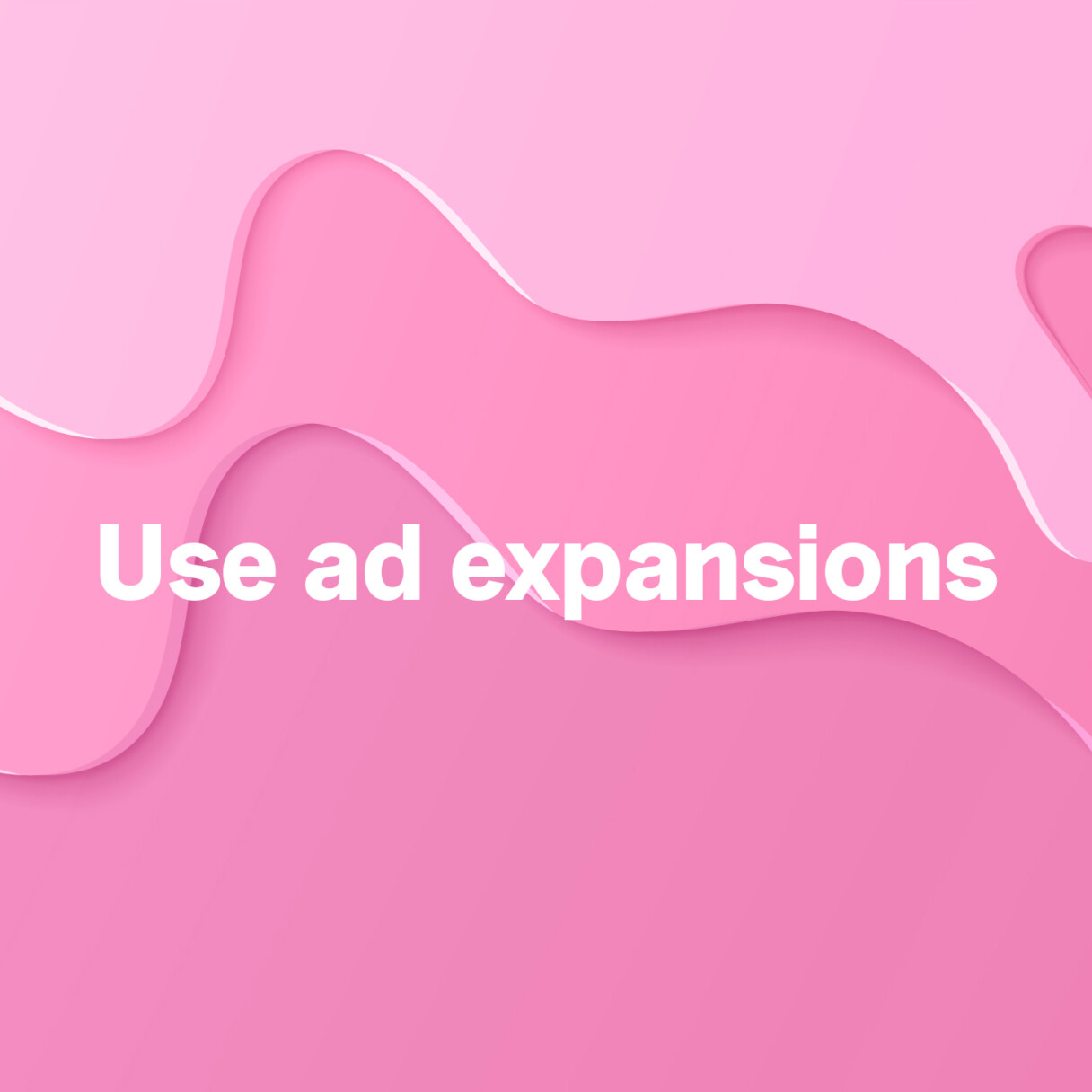
When it comes to Google Ads, the competition is tough. You’re up against an ocean of businesses competing for the attention of potential customers. If you’re not strategic about your text work, you risk throwing money out the window.
The great copywriting, however, doesn’t always come easy. Google Ads is picky and has clear rules for ad texts – rules that should be followed if you want to see your ads truly perform.
The end goal to have in mind is to convince potential customers to click on your ads. At the same time, you should be showing Google that the ad is both relevant, correct, and trustworthy. And this is a balance that’s difficult to maintain. There are several things that are extra important to focus on – and some to completely avoid.
In this article, we’ll tell you about these important factors and provide tips on how to succeed with your Google Ads copywriting.

1.
Every ad you create gives you the opportunity to try out three headers, each of which can contain a maximum of 30 characters. Already at this point, it’s important to include a keyword – the earlier, the better. Besides this, a verb functioning as a CTA (Call To Action) is often a good idea to include. An example of this could be “Buy running shoes”. Verbs are typically a part of the users’ searches, and a clear CTA can be the converting factor.
2.
Along with the headings, you get the opportunity to elaborate on your product or service in a description. Just as with the headings, there’s also a character limit here – in this case, it’s 90 characters. Make sure to fully utilize these by:
- Summarizing the service or product in sales-oriented sentences.
- Describing Unique Selling Points (USP’s). Why should the user specifically select you and your services? Be sure to always highlight these, be it free delivery, fast delivery, high quality, long guarantee, or something completely different.
- Encourage the potential customer to act by using a clear and eye-catching CTA.
We recommend that you include a keyword in the descriptions. Do this as naturally as possible by prioritizing language flow over writing the keyword in the correct order.


3.
The copy in your ad should always match the information on the landing page that the ad is directed to. It’s about ensuring the user that they made the right choice by clicking the ad. If you convince them of this, you can avoid a high bounce rate and increase conversions. Go thoroughly through the ad, look at SERP (Search Engine Results Page), and double-check that it’s understandable and contains sufficient information for the user.

4.
Google provides an automatically generated URL, but instead of using this, you can customize one. By doing this, you can create a URL that fits and reflects your offer more. This can increase click frequency.
Why? Because users typically only click links where the destination is unambiguous and trustworthy. If there is any uncertainty, it can lead to confusion and decreased conversions.
5.
The character limit can for some seem very – well, limiting. There’s not much space for creative expression. The information must be kept short and precise, but it can’t be boring. This can be somewhat of a challenge, but if you crack the code and figure out the right phrasing, it can eventually be a game-changer.


6.
If you want your ad to perform, you have to ensure that the potential customer is never in doubt of who you are. Your business name must be easy to see – that generates clarity, trust and eventually recognition.

7.
You’re offered a standard layout when creating ads. This layout can be expanded upon to strengthen your ad, so potential customers will be even more inclined to click.
Maybe you have some special customer reviews that you’d like to share with the world? Maybe the price on your product or service is a highlight. You can also make it easier to reach you by including contact information.
8.
With only a few characters at your disposal, it’s crucial to spend as many of them as possible. 90 characters is not a lot for a description, but you can see it as a creative challenge. However, certain things are to be avoided in your copywriting. The following points are absolute no-go’s:
- Exclamation marks in the headline – “Buy now!”
- Repetitive punctuation marks and symbols – ”++??”
- Words in capital letters only. Many people think that CAPITAL letters equal a clear CTA, but Google doesn’t agree with that.
- Extra spaces – so check whether an extra space has crept into your texts.
- Trademarked names. It can be tempting to compare your product to bigger brands, but it can end up doing more harm than good.


9.
Even for the most experienced copywriter, writing texts for Google Ads can be a bit of a challenge. It takes time to learn, and you only become really good when you dare to try things out and make ongoing changes.
An advantage of Google Ads is that it allows you to easily access statistics regarding your content and read what is performing so that you can constantly adjust afterward. In Google Ads, you can change both content and keywords if you find that your ads are not generating clicks.
If you update your ad texts continuously, you can see what works best to increase the number of clicks and conversions.